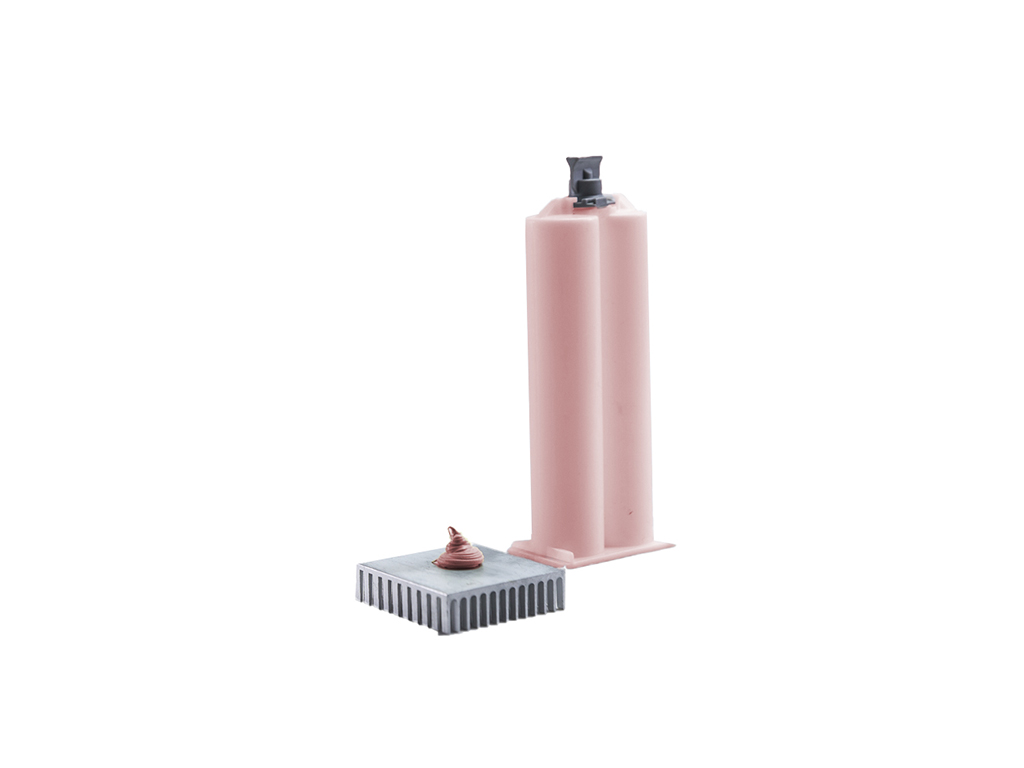HLT 2000LV | Two part Hybrid Thermal Gel
- White + Dark Red
- 2.0 Thermal Conductivity
- Low volatility
Product Description
Honeywell HLT 2000LV is a two-part, dispensable thermally conductive gel, which offers long-term reliability and superior softness. Its properties are identical to HLT2000 and the main differences are the slightly lower Thermal impedance (0.60), lower volatility and longer Cure time at room temperature. The enhanced bonding force between the polymer base and the filler largely improves the thermally conductive gel oil separation issue in storage. Prior to curing, the material maintains good thixotropic characteristics and low viscosity to be easily dispensed.
Honeywell HLT 2000LV can be cured in short time after two-component mixing at room temperature. The high compressibility minimizes thermal resistance at interfaces, while maintaining excellent performance during reliability testing.
The product can be cured at either 16 hours at Room temperature or 30minutes at 100°C. Of course those are just indications and you can experiment with curing for your application needs.
Technical Specifications
| General Properties | |||||
| Color Color The color | White - Dark Red | ||||
| Specific Gravity Specific Gravity Specific gravity (SG) is the ratio of the density of a substance to the density of a reference substance; equivalently, it is the ratio of the mass of a substance to the mass of a reference substance for the same given volume. For liquids, the reference substance is almost always water (1), while for gases, it is air (1.18) at room temperature. Specific gravity is unitless. | 2.8 | ||||
| |||||
| Physical Properties | |||||
| Viscosity Viscosity Viscosity is a measurement of a fluid’s resistance to flow. Viscosity is commonly measured in centiPoise (cP). One cP is defined as the viscosity of water and all other viscosities are derived from this base. MPa is another common unit with a 1:1 conversion to cP. A product like honey would have a much higher viscosity -around 10,000 cPs- compared to water. As a result, honey would flow much slower out of a tipped glass than water would. The viscosity of a material can be decreased with an increase in temperature in order to better suit an application | 200,000 - 400,000 mPa.s | ||||
| Mechanical Properties | |||||
| |||||
| Thermal Properties | |||||
| Thermal Conductivity Thermal Conductivity Thermal conductivity describes the ability of a material to conduct heat. It is required by power packages in order to dissipate heat and maintain stable electrical performance. Thermal conductivity units are [W/(m K)] in the SI system and [Btu/(hr ft °F)] in the Imperial system. | 2.0 W/m.K | ||||
| Thermal Impedance | 0.60 °C·cm²/W | ||||



